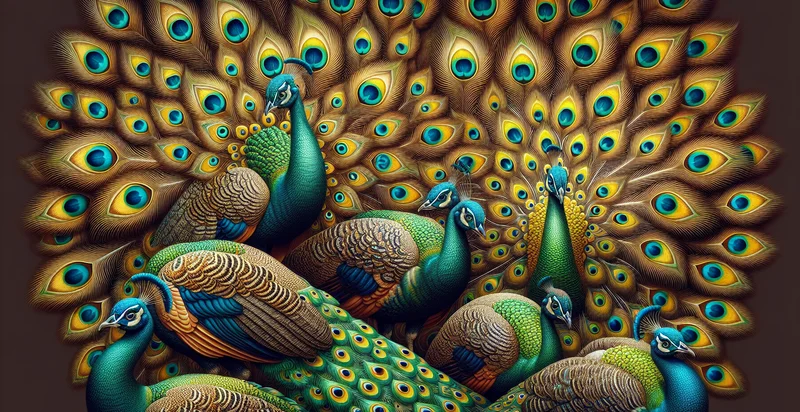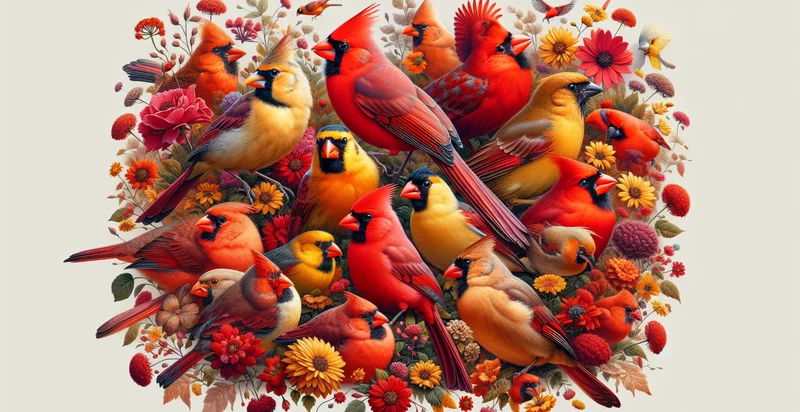Identify peacock species
using AI
Below is a free classifier to identify peacock species. Just upload your image, and our AI will predict which species of peacock it is - in just seconds.

Contact us for API access
Or, use Nyckel to build highly-accurate custom classifiers in just minutes. No PhD required.
Get started
import nyckel
credentials = nyckel.Credentials("YOUR_CLIENT_ID", "YOUR_CLIENT_SECRET")
nyckel.invoke("peacock-species-identifier", "your_image_url", credentials)
fetch('https://www.nyckel.com/v1/functions/peacock-species-identifier/invoke', {
method: 'POST',
headers: {
'Authorization': 'Bearer ' + 'YOUR_BEARER_TOKEN',
'Content-Type': 'application/json',
},
body: JSON.stringify(
{"data": "your_image_url"}
)
})
.then(response => response.json())
.then(data => console.log(data));
curl -X POST \
-H "Content-Type: application/json" \
-H "Authorization: Bearer YOUR_BEARER_TOKEN" \
-d '{"data": "your_image_url"}' \
https://www.nyckel.com/v1/functions/peacock-species-identifier/invoke
How this classifier works
To start, upload your image. Our AI tool will then predict which species of peacock it is.
This pretrained image model uses a Nyckel-created dataset and has 19 labels, including Indian Peafowl and Green Peafowl.
We'll also show a confidence score (the higher the number, the more confident the AI model is around which species of peacock it is).
Whether you're just curious or building peacock species detection into your application, we hope our classifier proves helpful.
Related Classifiers
Need to identify peacock species at scale?
Get API or Zapier access to this classifier for free. It's perfect for:
- Wildlife Conservation: Conservation organizations can use the 'peacock species' identifier to track and monitor the various species of peacocks in different regions. This can help in assessing their numbers and health, which is crucial for their conservation efforts.
- Museum Classification: Museums often have large collections of biodiversity specimens. Using this function can help to efficiently classify images of peacocks, aiding in record-keeping and allowing for easy access to the collection's information.
- Educational Application: Educators and educational software developers can utilize this identifier in teaching tools to help students learn about different species of peacocks, fostering an interactive and engaging learning environment.
- Pet Breeding Industry: Pet breeders and pet shops could use this function to identify and differentiate between species of peacocks. This plays a crucial role in breeding planning to maintain genetic diversity and the overall health of their birds.
- Media and Publishing: Publishing companies dealing in wildlife photography or magazines, books, and online outlets can use this tool to accurately identify and label peacock species' images in their content for enriched and correct information.
- Biological Research: This function can help researchers classify species of peacocks in their studies accurately. Identification is necessary for biological, ecological, and zoological research to understand species diversity, behavior, and more.
- Bird Watching Application: Companies developing bird watching apps could incorporate this identifier to help bird watchers correctly identify peacock species, enhancing their bird-watching experience.


